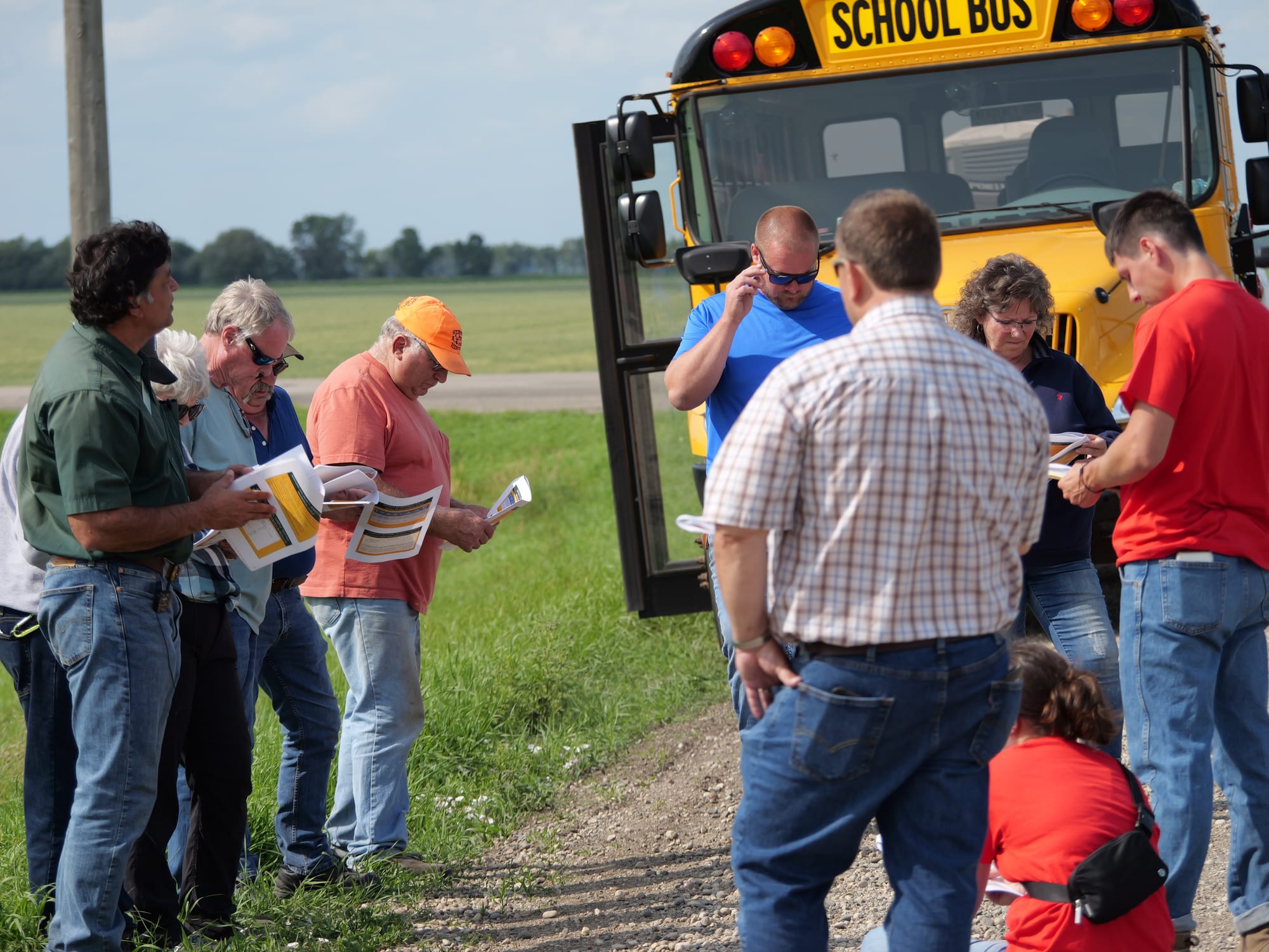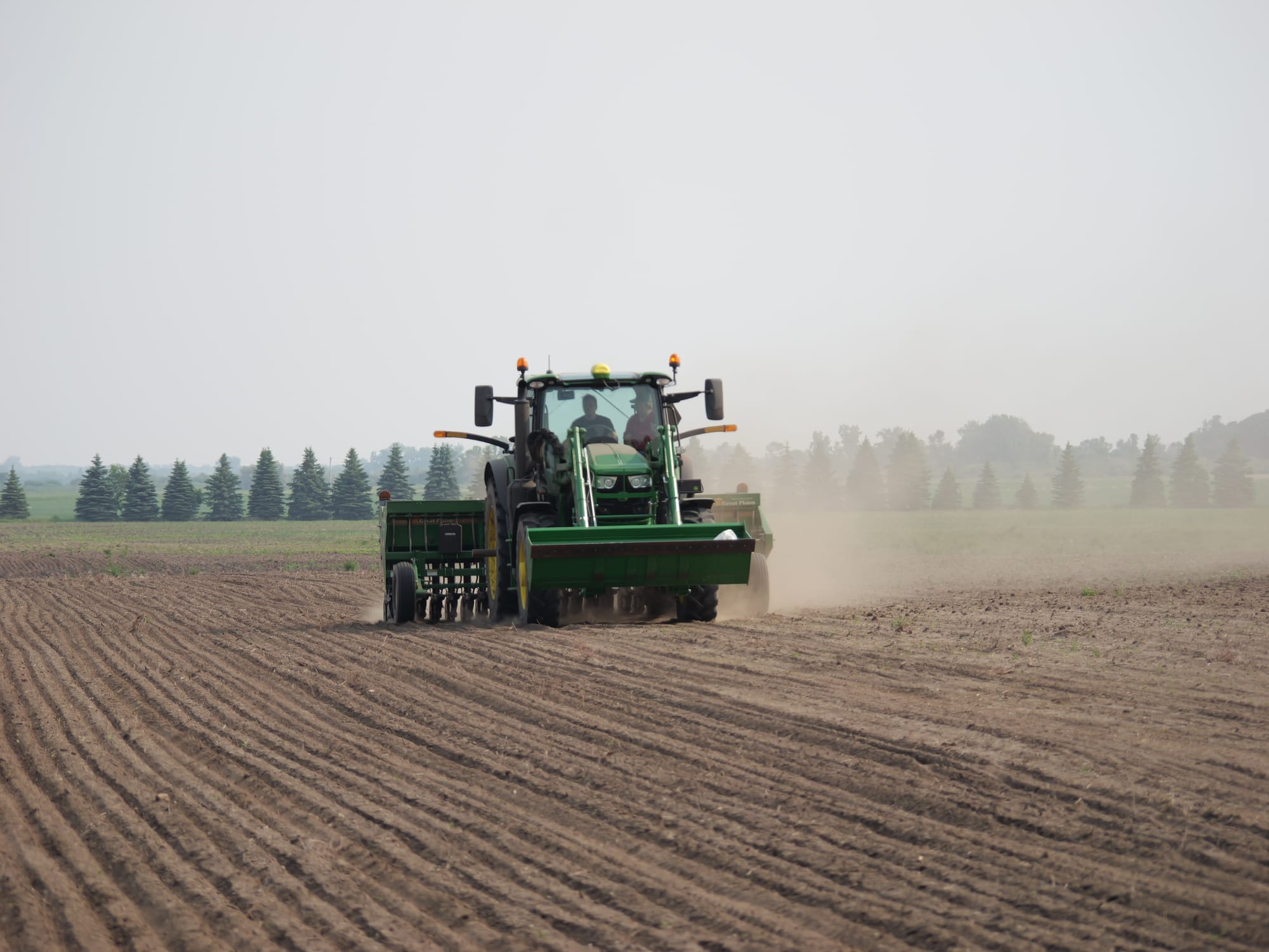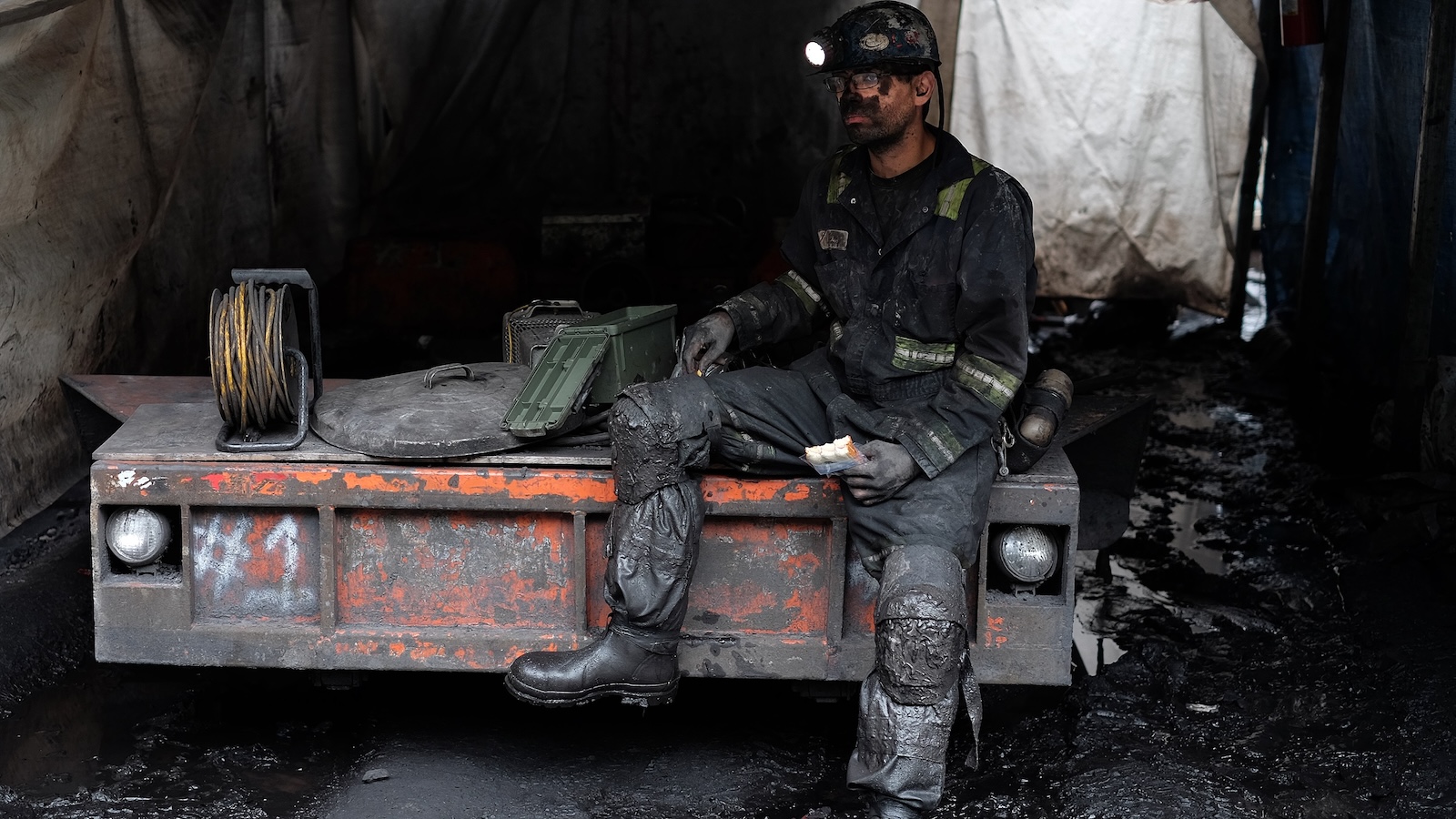Trump halts historic orphaned well-plugging program
The billions of dollars approved by Congress to clean up abandoned oil and gas wells have been frozen as part of President Donald Trump’s sweeping cuts to government spending, creating concerns that the cleanup will be halted just as it’s getting started.
President Trump’s barrage of executive orders included a January directive called “Unleashing American Energy,” which, among other provisions, ordered that federal agencies stop distributing money appropriated by President Joe Biden’s Inflation Reduction Act (IRA) and the Infrastructure Investment and Jobs Act (IIJA).
The Trump administration titled this section of the order “Terminating the Green New Deal.” But in freezing this congressionally approved spending, the administration halted a program that paid for plugging and reclaiming so-called “orphaned” or abandoned oil and gas wells. The order stated that agencies should “immediately pause the disbursement of funds” from those two Biden laws. It set a 90-day deadline, upcoming in April, for agencies to review their spending programs and make sure that they align with the Trump administration’s goal of increasing U.S. energy production.
The orphaned well program, which was modeled on a North Dakota initiative, had been widely used by oil states, including several in the West.
The program — which set aside $4.7 billion, a historically large sum, for plugging wells — was distributed to states via grants from the Department of the Interior. In January, days before Trump took office, New Mexico announced that it would be receiving $5.5 million to clean up abandoned wells in the state. California also received a $9 million grant.

California, Colorado, Montana and New Mexico had each plugged over 100 orphaned wells using the Biden funds, according to an Interior Department report in 2024. Wyoming alone plugged 1,021 wells in just one year using federal grants.
As of last fall, the U.S. government had released over half a billion dollars in grants. Wells have been plugged in the people’s front yards, in national park areas and deep in the remote Alaskan wilderness. More than $3 billion are still left to be distributed, but previously available information about the grants appears to have been removed from the Interior Department’s website.
In response to questions from High Country News, an Interior Department spokesperson said that the grant program is “under review.”
“President Trump’s decisive actions are necessary steps to eliminate bureaucratic waste and refocus our agency on its core mission: serving the American people and managing our nation’s natural resources with integrity and efficiency,” the spokesperson said in a statement. “Orphaned wells negatively impact current and future oil and gas development activities and pose significant risk to national energy security and public safety.”
In addition to supporting jobs that address oil patch pollution, these federal dollars are used on wells that lack any owner to pay for reclamation. Left unplugged, such orphaned oil and gas wells leak huge amounts of methane into the atmosphere and can contaminate local water sources with salty water and benzene.
Now the future of that work is uncertain, in legal limbo alongside many of the Trump administration’s cost-cutting policies. The funding in question had already been appropriated by Congress, making it unclear that the Trump administration can indefinitely cancel it.
On March 20, more than 30 House Democrats sent a letter to Interior Secretary Doug Burgum, asking him to clear up the lingering confusion surrounding orphaned well funding and restart the grant program.
The funding “protects our communities, cleans up our environment, and builds our economy.”
“We have already begun to hear from IIJA funding recipients impacted by this pause who now face an uncertain future after DOI issued a stop work order on their orphaned well remediation projects,” the letter states.
The letter goes on to say that the Interior Department has issued no guidance on the funds’ status.
“We urge you to resume distribution of this Congressionally directed funding immediately,” the letter stated. “It protects our communities, cleans up our environment, and builds our economy.”
ORPHANED WELLS represent the final stage in what ProPublica recently described as the oil industry’s “ playbook”: When oil wells are no longer productive, large companies sell them off to smaller companies and thereby shed their obligation to plug those wells.
The increasingly marginal wells change hands, eventually landing with operators who lack the financial means to plug them. And when these companies go bankrupt, the wells become orphaned, meaning that the plugging costs then fall on American taxpayers.
The Biden administration’s infrastructure law was the first significant federal attempt to address the growing problem of orphaned wells across the United States, although the funding it provided paled in comparison to the scale of the problem.
The Interior Department estimates that there are about 157,000 documented orphaned oil and gas wells nationwide. This figure is likely a dramatic undercount: The Environmental Protection Agency stated in an April 2021 report that there could be as many as 3.4 million abandoned wells nationally.
“Undocumented orphaned wells may emit nearly 63 million grams of methane per hour into the atmosphere,” according to a November 2024 report, “the equivalent of over 3.6 million gasoline-powered passenger cars driven per year.”
Many state regulators are aware that their financial requirements for oil and gas operators are are aware of this pattern and struggle to prevent it.
Several state oil regulators stated this explicitly in a 2024 survey conducted by the Interstate Oil and Gas Compact Commission (IOGCC), a quasi-governmental body that represents dozens of oil states. The documents were obtained via a records request by Fieldnotes, an industry watchdog, and shared with High Country News.
“Yes, this is the common life of a well,” regulators from Louisiana said, referring to the pattern of marginal wells being passed along to smaller companies.
Utah regulators agreed: “It is definitely a problem when wells are transferred to ‘poor’ operators.”

The plugging program was supposed to address these dysfunctional state programs, primarily by providing money. The Interior Department released its first round of grants in 2023, offering up $658 million to 26 states, including most of the oil states in the West.
The subsequent grants were intended to actually push states to fix their well-plugging programs and require that operators submit more money up front — enough to ensure that the industry and not the public ends up paying for the cost of plugging.
Known as regulatory improvement grants, these pools of funding required that states demonstrate higher financial assurance standards, increase scrutiny on well transfers, improve their plugging standards or show other reforms to their orphaned well regulatory regimes.
These grants essentially became the sole tool for the federal government to incentivize tougher state regulations. But the attempt immediately ran into headwinds: Oil states pushed back on these conditions. Some of this occurred via the IOGCC, which collaborated with the federal government on the rollout of the infrastructure law. This included initiatives to reduce orphaned well numbers, program implementation and data collection. Public documents show the inter-state commission lobbied to keep the federal guidelines as weak as possible.
“Undocumented orphaned wells may emit nearly 63 million grams of methane per hour into the atmosphere.”
In a meeting of the Texas Railroad Commission in May 2022, Commissioner Wayne Christian – also an appointee to the IOGCC – said that he was working to remove the requirements from the federal grants.
“I’m part of the negotiation with IOGCC on the dollars coming down,” Christian said. “The Interior Department kind of have slowed things down, because all of a sudden, surprise, surprise, they decided they wanted to tell us how to do our work. And so we’re kind of fighting back on that.”
Regulatory improvement grants would have made available an additional $40 million per state. Now the future of those grants and the improvement incentives are in jeopardy, though some groups are challenging the legality of Trump’s decision to freeze funds that had already been appropriated by Congress and passed into law.
Several environmental groups and many Democratic states have filed lawsuits against the Trump administration, seeking to release the unspent funds from the Infrastructure and Inflation Reduction acts, the Biden administration’s landmark spending bills.
“The Trump Administration has continued to block funds needed for our domestic energy security, transportation, and infrastructure provided under the IRA and IIJA,” said California Attorney General Rob Bonta in a statement in February, after filing an injunction alongside 23 Democratic attorney generals, attempting to halt the administration’s funding cuts.
Bonta’s statement noted that the administration was blocking funding that “creates well-paying jobs while simultaneously reducing harmful pollution.”
The post Trump halts historic orphaned well-plugging program appeared first on High Country News.


 The U.S. Department of Agriculture announced late Tuesday it will release previously authorized grant funds to farmers and small rural business owners to build renewable energy projects—but only if they rewrite applications to comply with President Donald Trump’s energy priorities.
The U.S. Department of Agriculture announced late Tuesday it will release previously authorized grant funds to farmers and small rural business owners to build renewable energy projects—but only if they rewrite applications to comply with President Donald Trump’s energy priorities.



















